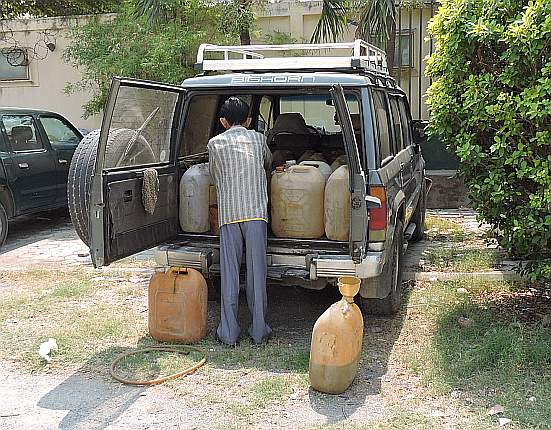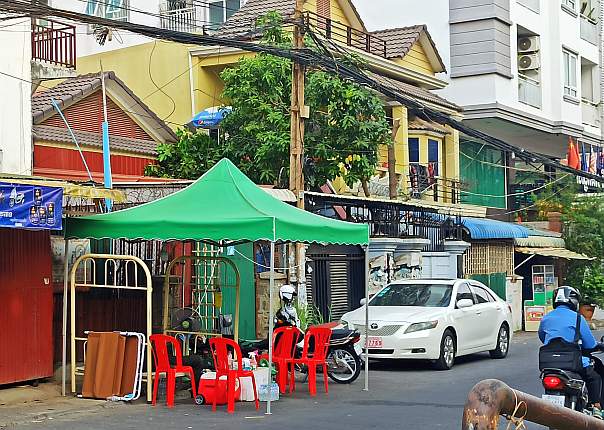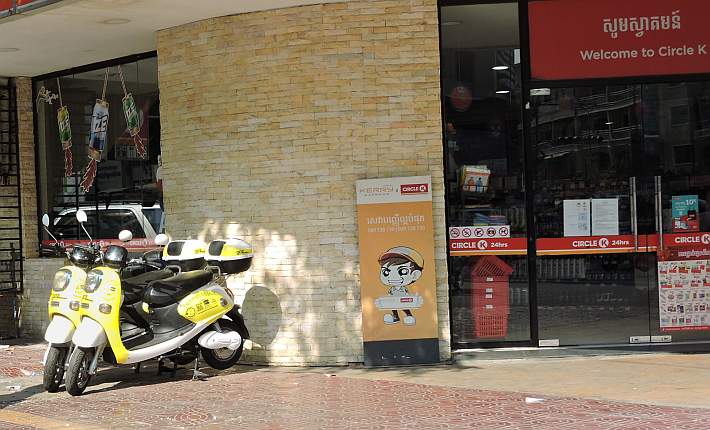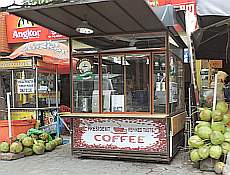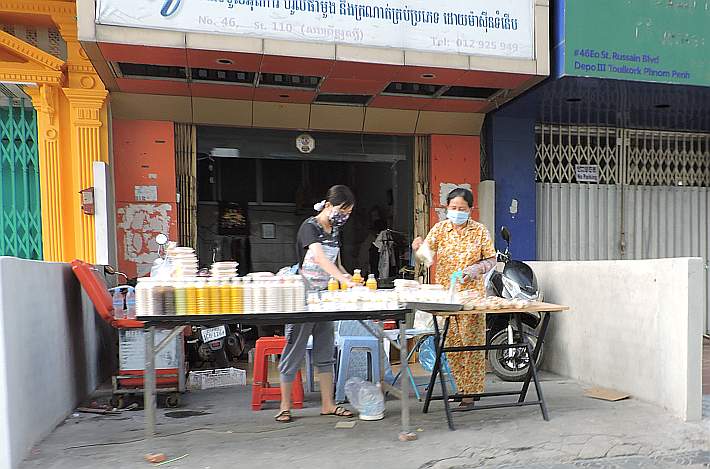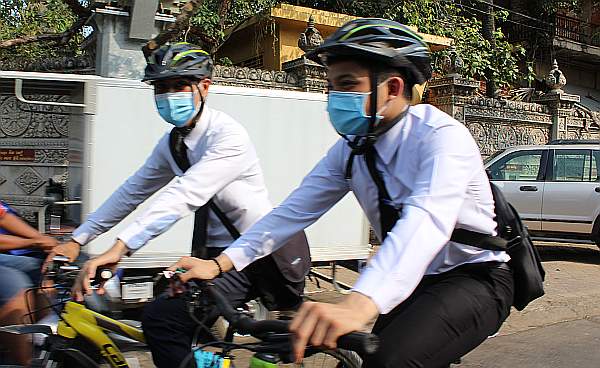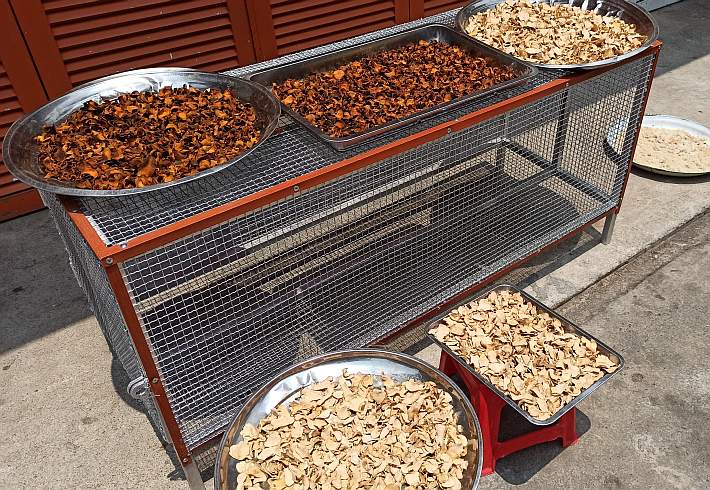
Today I was walking over to a nearby vegetable market to get some bananas and apples and passed this on the way home along a small alley. Probably even the children here could tell you what are the red and white chips or flakes but I have no idea what they are. Just that they need to be dried in the sun before whatever happens next.
